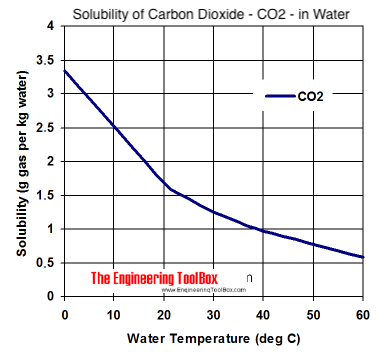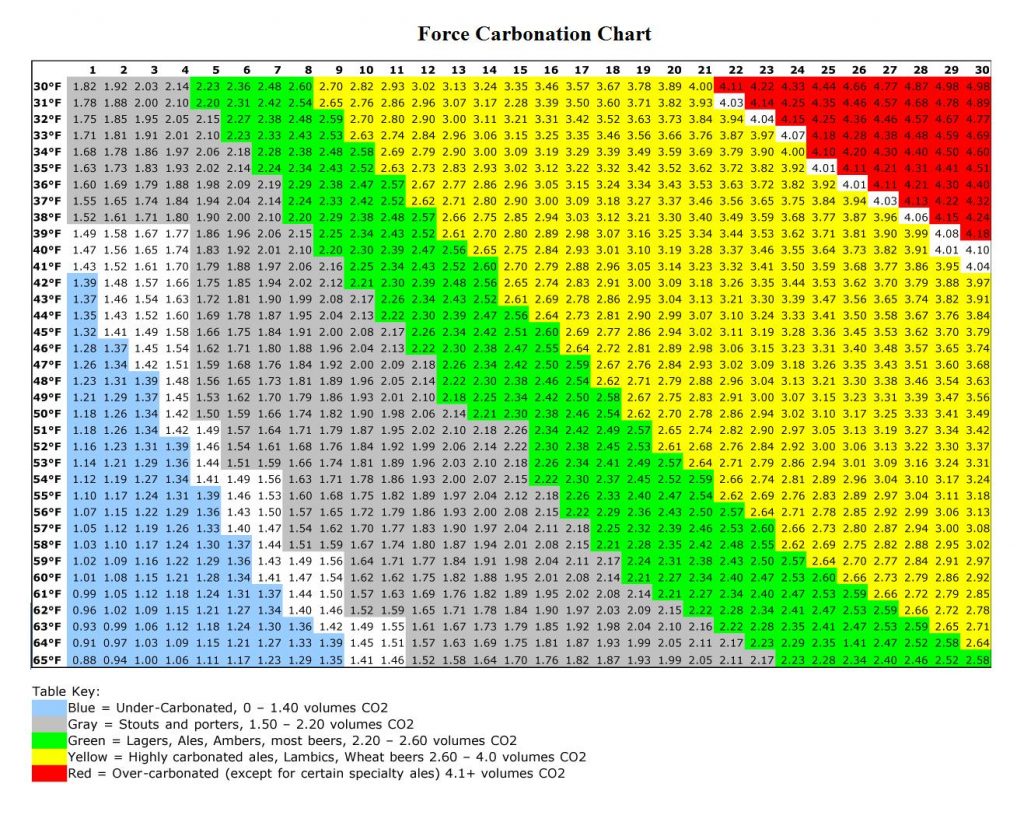Did a all grain Kolsch and it has been three weeks in the closet bottle conditioning around 68 degrees. I decided it was time to put in the fridge to lager but opened one to try and see what it was like before lagering. Zero carbonation. I put them back in the closet for now. I used WY2565 Wyeast Kolsch.
I have only had this happen once before, but that was a Belgian Tripel that I summed up to be the ABV was too high for the yeast (about 12.5%).
Should another week do it? Would it still carb during lagering?ideas?
I have only had this happen once before, but that was a Belgian Tripel that I summed up to be the ABV was too high for the yeast (about 12.5%).
Should another week do it? Would it still carb during lagering?ideas?




